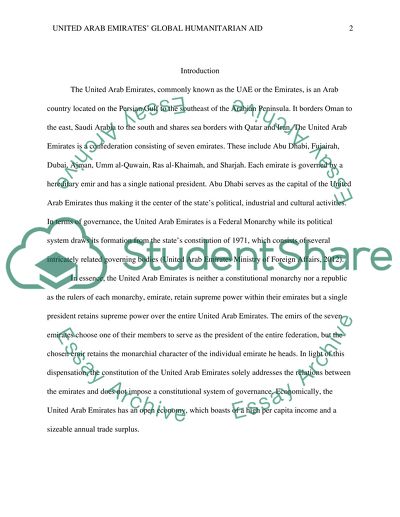Cite this document
(“Global Humanitarian Assistance of UAE Research Paper”, n.d.)
Global Humanitarian Assistance of UAE Research Paper. Retrieved from https://studentshare.org/history/1402816-global-humanitarian-assistance-of-uae
Global Humanitarian Assistance of UAE Research Paper. Retrieved from https://studentshare.org/history/1402816-global-humanitarian-assistance-of-uae
(Global Humanitarian Assistance of UAE Research Paper)
Global Humanitarian Assistance of UAE Research Paper. https://studentshare.org/history/1402816-global-humanitarian-assistance-of-uae.
Global Humanitarian Assistance of UAE Research Paper. https://studentshare.org/history/1402816-global-humanitarian-assistance-of-uae.
“Global Humanitarian Assistance of UAE Research Paper”, n.d. https://studentshare.org/history/1402816-global-humanitarian-assistance-of-uae.


